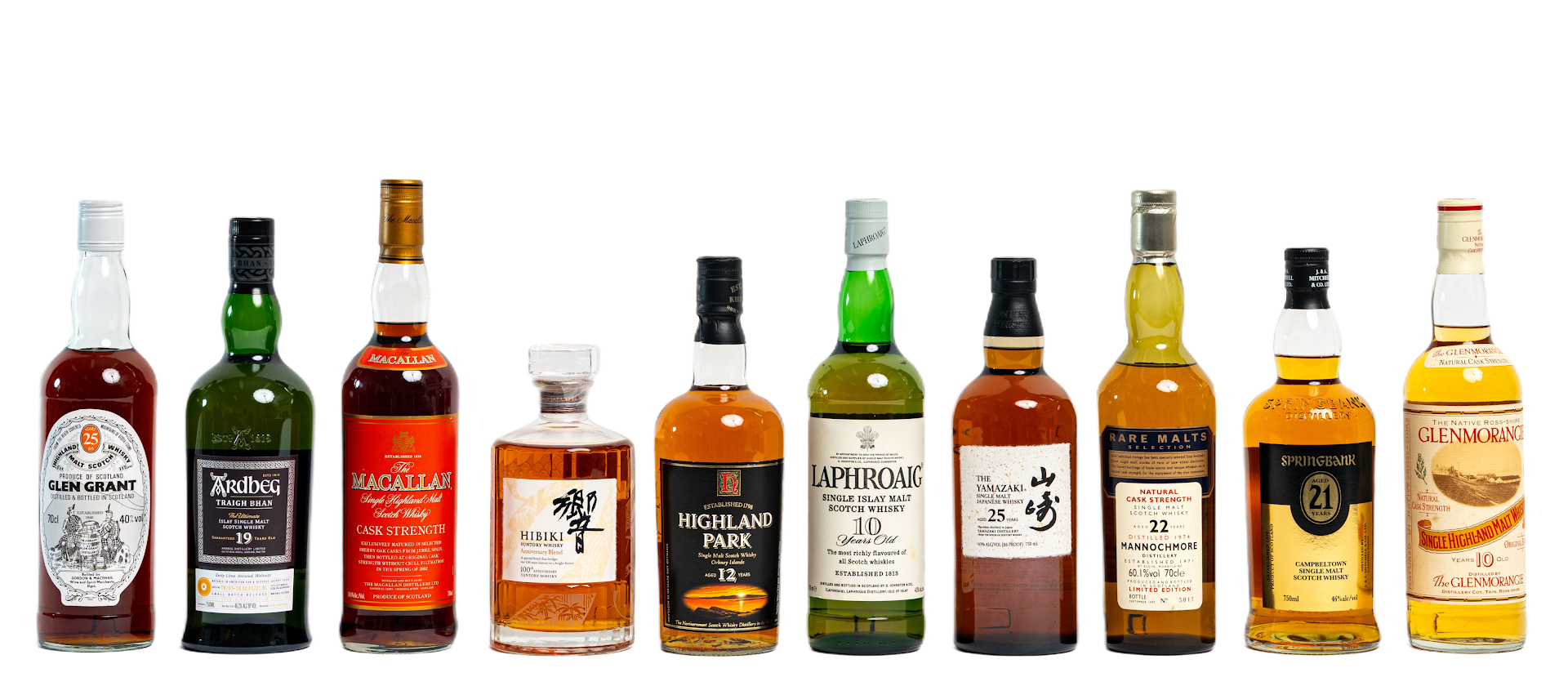Investing in Japanese Whisky: The Rising Star of Collectibles

 Oct 29, 2025
Oct 29, 2025
Have you ever wondered why Japanese whisky is suddenly stealing the spotlight in the global collectibles market? For collectors and investors alike, selling Japanese whisky has become more than a hobby—it’s a strategic move. Rare bottles like Yamazaki 55, Hibiki 30, and Karuizawa 1960 are not just a delight to sip—they are tangible assets that have consistently appreciated in value. With growing international demand, knowing how to navigate auctions, brokers, and secondary markets can make the difference between profit and missed opportunity.
Why Japanese Whisky is the Hottest Investment Right Now
Japanese whisky has surged past traditional Scotch and Bourbon in both prestige and market value. Limited production, meticulous aging techniques, and increasing global recognition have created a perfect storm for scarcity. Consider the Yamazaki 55, whose auction value has skyrocketed over the last decade. Similarly, Karuizawa bottlings from the 1960s have fetched six-figure sums repeatedly at high-profile auctions.
Market Drivers to Note:
- Rarity & Age: Bottles like the Hibiki 30-year-old collectible editions are no longer produced, making them extremely sought after.
- Cultural Prestige: Japan’s commitment to craftsmanship has elevated these whiskies in the eyes of international collectors.
- Auction Performance: Japanese whiskies consistently outperform other collectible spirits, sometimes appreciating 300–500% over ten years.
But here’s the twist: while demand is soaring, timing is everything. A rare bottle could reach record prices today—or sit longer than expected if you wait for a “perfect moment.” That’s why expert guidance is critical for anyone planning to sell Japanese whisky.
Top Bottles That Drive Returns
For investors looking at Japanese whisky as an appreciating asset, a few names dominate attention:
- Yamazaki 55: A record-breaking, extremely limited edition that commands awe from collectors.
- Hibiki 30-Year-Old: Known for both flavor and investment potential; scarcity pushes the price premium.
- Karuizawa 1960: Legendary quality and rarity; auction prices have tripled in the last decade, with bottles often changing hands privately for six figures.
Investment Pointers:
- Monitor Karuizawa auction prices to identify long-term trends.
- Engage with collector forums and secondary market brokers for early alerts on rare releases.
- Ensure proper storage and provenance documentation—authenticity directly affects value.
Here’s a cliffhanger: some bottles are so rare they may never appear publicly again. For collectors, that means the difference between selling at a peak and missing a historic opportunity.
Risks Every Collector Should Be Aware Of
Investing in Japanese whisky is highly rewarding—but not without risk. Market volatility, counterfeits, and improper storage can all affect resale value. Moreover, as international interest grows, sudden price corrections are possible. Partnering with a specialist brokerage, however, mitigates these risks. Expert appraisals, fair pricing, and hassle-free selling make the difference.
Key Risk Factors:
- Liquidity Risk: Even rare bottles may require patience to find a buyer willing to pay top dollar.
- Authenticity Verification: Provenance is critical, especially for Yamazaki and Karuizawa bottles.
- Market Fluctuations: Global collector interest can temporarily inflate or dip prices.
Despite these risks, Japanese whisky remains unique: it’s an asset that combines rarity, taste, and financial appreciation. Savvy collectors who act strategically can achieve remarkable returns.
How a Specialist Broker Maximizes Your Value
One of the smartest ways to profit from Japanese whisky is through a professional brokerage. Selling directly to experts has advantages that auctions or private deals rarely provide.
- Receive instant quotes and appraisals from specialists who understand the nuances of investment-grade Japanese whisky.
- Avoid the long, uncertain timelines of traditional auctions.
- Access a network of verified collectors actively seeking rare bottles.
Whether you own a single Hibiki 30 or an extensive collection of Yamazaki and Karuizawa, a trusted brokerage ensures top-dollar offers with minimal hassle. Imagine converting a rare Karuizawa 1960 into capital quickly, safely, and profitably—without navigating confusing auction rules.
And here’s a key note: Scotch Buyers is there to cater to all your requirements, providing fast appraisals, secure transactions, and a global collector network, making the process simple and efficient.
Japanese Whisky Investment Strategies
If you’re serious about collecting for profit, knowledge and timing are crucial. Here’s how to maximize returns:
- Track recent auction sales to gauge market trends.
- Identify bottles with limited editions and discontinued releases, as they usually appreciate fastest.
- Partner with brokers who verify authenticity and offer direct access to serious collectors.
For example, the Hibiki 30-year-old collectible has seen steady growth over the last decade, while the Yamazaki 55 continues to break auction records. These trends demonstrate that Japanese whisky is more than a novelty—it is a proven investment-grade asset class.
Is Japanese Whisky Right for Your Portfolio?
If you value tangible assets with heritage, rarity, and long-term appreciation, Japanese whisky is difficult to ignore. Bottles like Yamazaki 55 and Hibiki 30 offer both collector satisfaction and financial upside. By understanding scarcity, market trends, and the benefits of brokered sales, you can confidently convert your collection into meaningful returns.
Selling Japanese whisky strategically ensures you capture peak market value while minimizing the risk and hassle of auctions. Expert brokers provide appraisals, verify provenance, and offer direct access to buyers, enabling you to make informed decisions.
Parting Words
For collectors, investors, or estates, Japanese whisky is more than a collectible—it’s an appreciating asset with proven secondary market performance. Acting strategically with the right partners turns rarity into tangible financial gains.
And here’s the final cliffhanger: the bottles sitting in your cabinet today may be worth far more than you think—but only if sold strategically and at the right moment.


 Thank you!
Thank you!